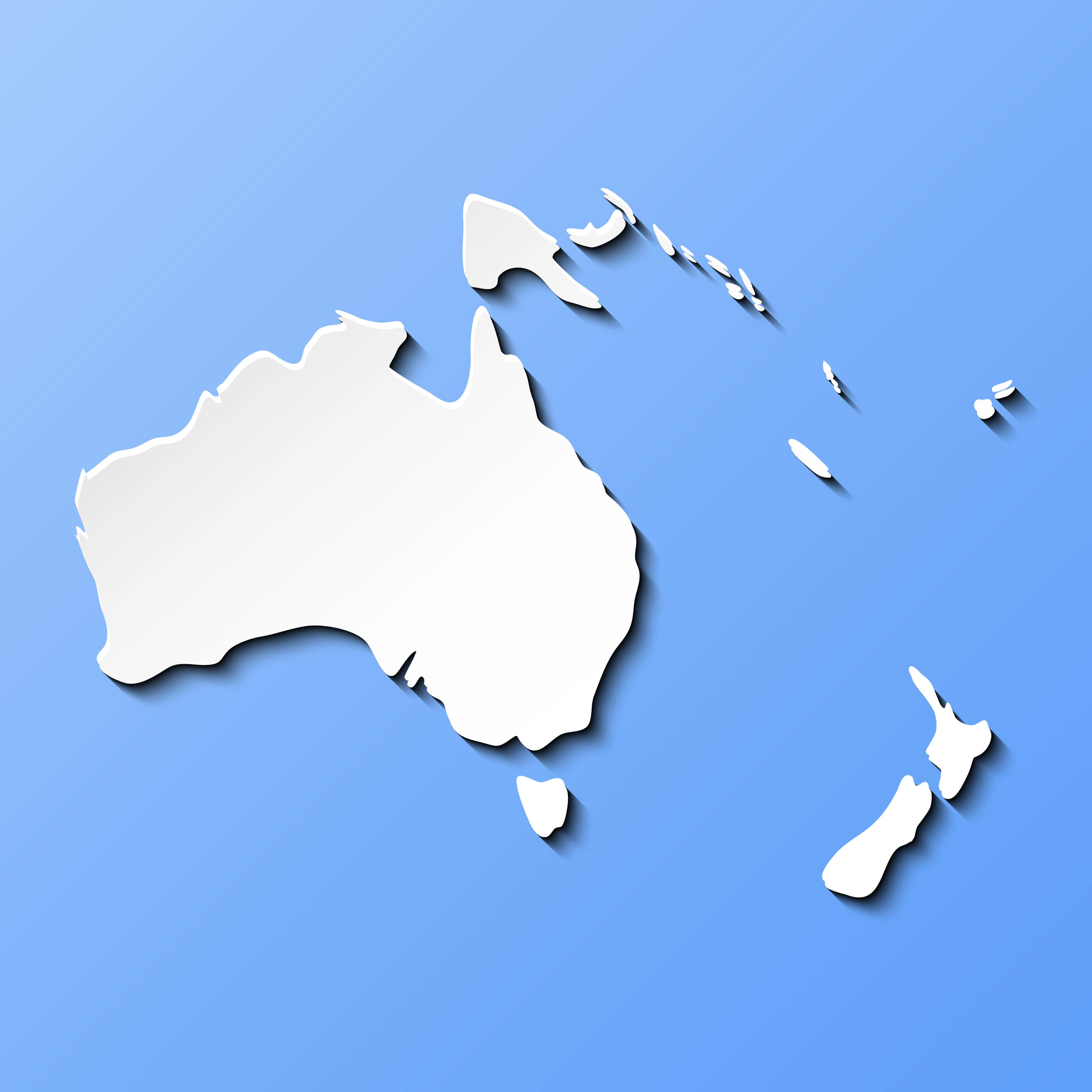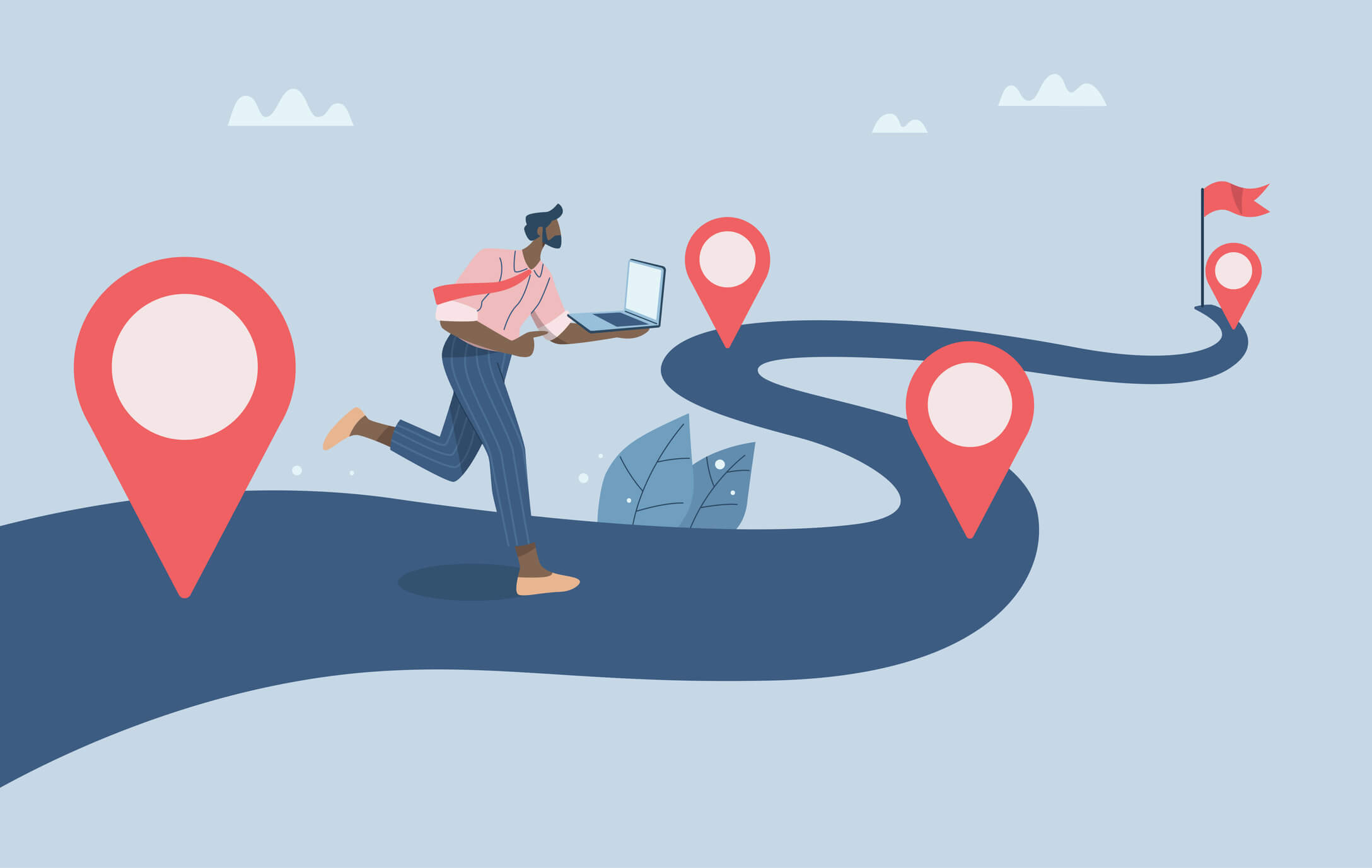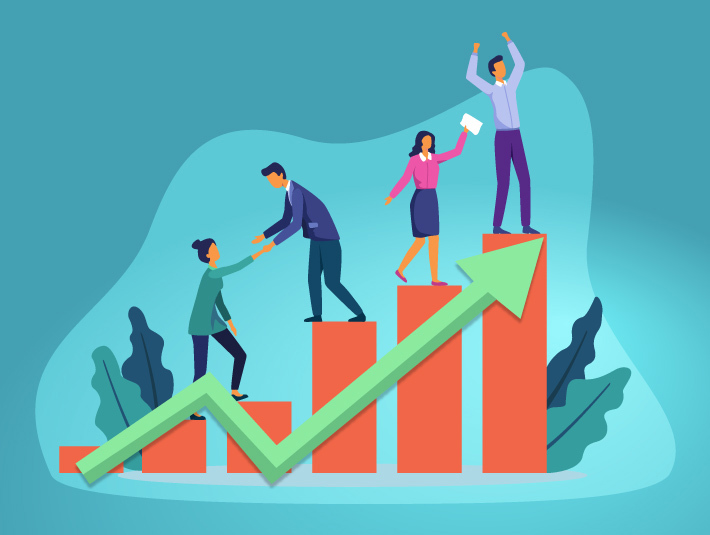Strategic workforce planning in AU & NZ
Yes, strategic workforce planning in s about filling jobs today — but it's also about forecasting the skills and roles you'll need tomorrow and aligning them with your long-term business strategy.
Understanding the ebb and flow of talent availability means tapping into local insights while considering global trends. Australia and New Zealand's workforces can both be fairly characterised by a strong sense of community and a commitment to work-life balance, and these are factors that seriously influence recruitment, retention, and engagement strategies. Employers who recognise and build on these values often find themselves ahead in the talent game, attracting people who are not just skilled but are also a good fit for their organisational culture.
And yes, the integration of technology in workforce planning is no longer optional. From data analytics to AI-driven forecasting tools, technology provides a competitive edge, offering detailed insights into workforce trends, potential skill gaps, and future needs. This tech-driven approach, combined with a deep understanding of the local work ethos, allows businesses to create more effective, adaptable, and resilient workforce strategies.
Finally, strategic workforce planning also involves preparing for shifts in economic conditions, regulatory changes, and technological advancements like remote work. Think of it as building a workforce that’s not just capable but also versatile, ready to pivot and adapt to new challenges and opportunities.
At the end of the day, strategic workforce planning in Australia and New Zealand is about connecting your current workforce capabilities with future business objectives. Yes, it’s a delicate balance of nurturing existing talent while also attracting new skills and ideas, but it ultimately (and crucially) makes sure your business remains relevant and ready for the future.







